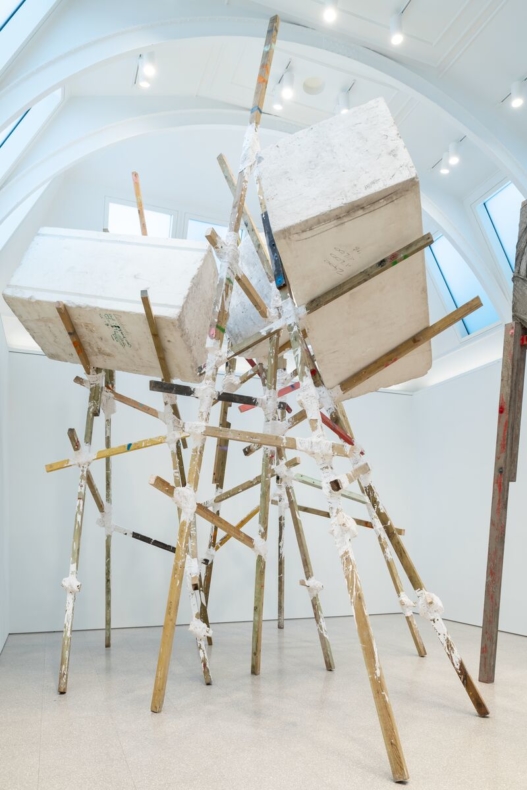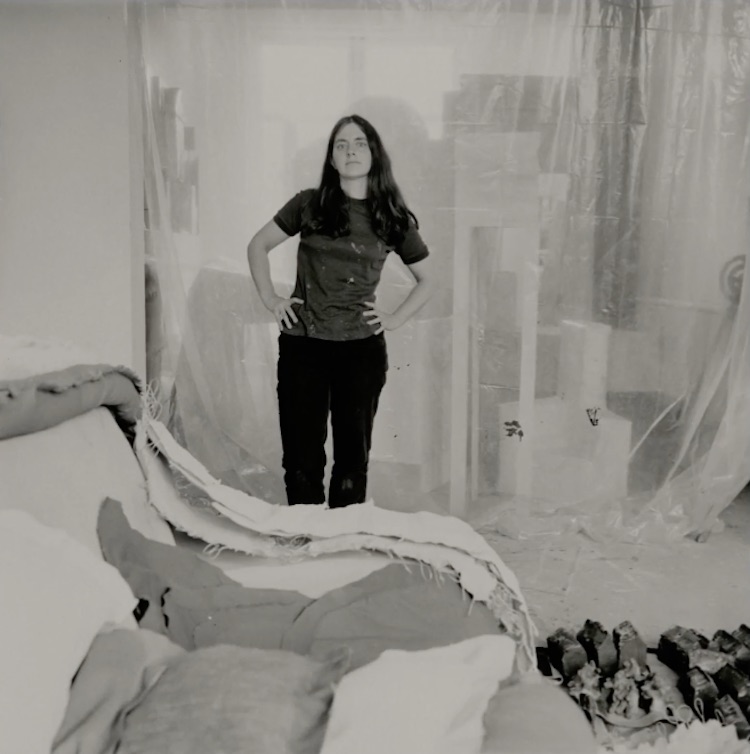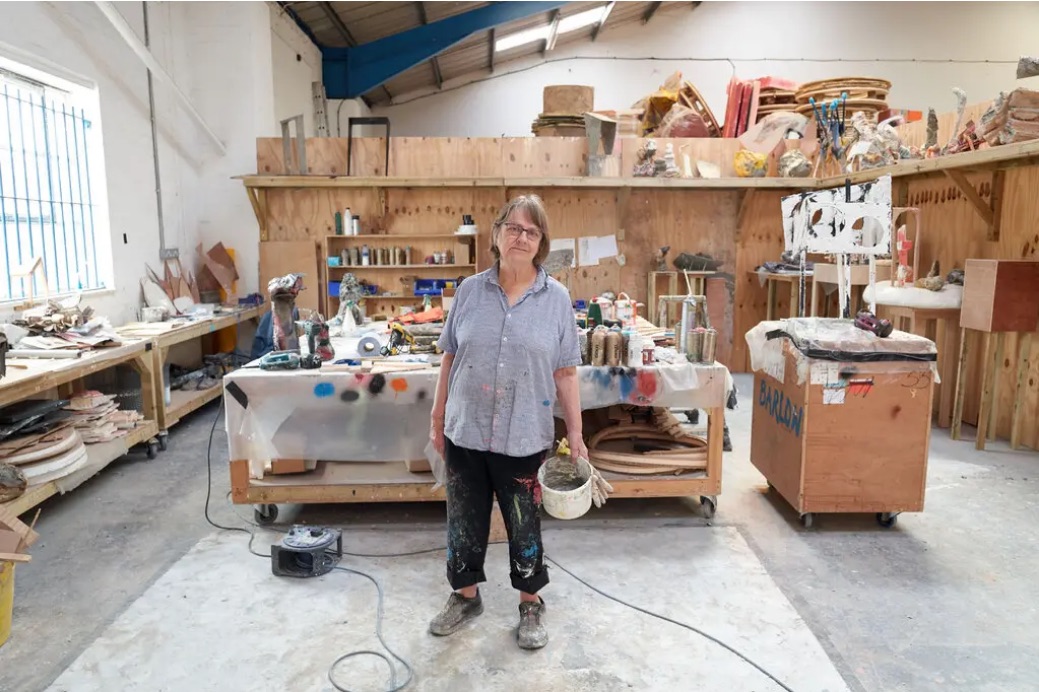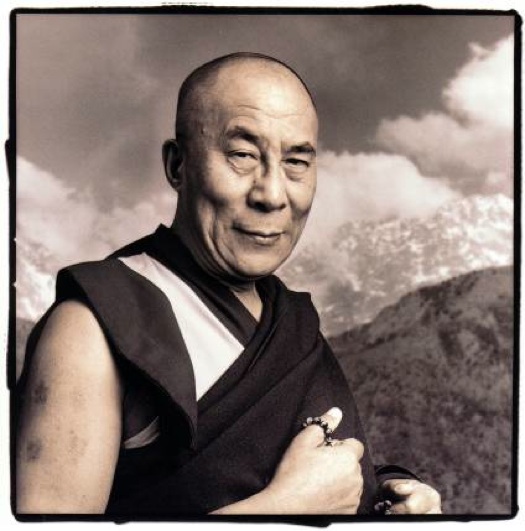We were dismayed to hear that artist Phyllida Barlow passed away. She was a kind of role model for us, a 78-year old woman who taught for decades until finding fame late in her life for her daring monumental sculptures. We first fell in love and admiration when we watched trailer to the film “Phyllida” and saw her in in her mammoth workshop built out of rough plywood, boring into a sculpture with a big power drill. And then pushing it off the worktable.
Her thinking is shot through with fearlessness:
My relationship with making sculpture has to be adventurous, almost on the edge of being beyond my control.
I like to use chance to allow accidents or mistakes that become part of what I am doing.

After Barlow pushed the sculpture off the worktable and let it crash onto the floor, she spent several minutes quietly mulling the work she had transformed by chance, positioning a broken-off piece, trying things, feeling her way. (You can watch the process from 14:40 to 17:55. But the whole 23 minute film gives wonderful insight in her life and work. )
The action that seems so bold is really about vulnerability.
It’s a work at its most vulnerable and therefore I am at my most vulnerable.
To consciously subject yourself to chance IS to be vulnerable.
It got us thinking about how rare it is for people to really embrace chance and the accidents and mistakes it can bring as a dynamic and transformative energy in their lives. It’s something we wish we did more of.

We realize too that Barlow’s bold, vulnerable action is part of a personal exploration that she has undertaken for over 50 years, with its theme of the regeneration and decay of everyday materials, “how things collapse and deteriorate and become repaired”.
How I’m reacting to the world around, I think, is often to do with emotively charged things. I don’t think I have a ready made subject that I can proclaim.
The subject is hard won through the processes of making.
That to us is one of the most inspiring aspects of the film: to watch Barlow in the intensive process of making without necessarily knowing where she was going, and through that, discovery.

Read Barlow’s N.Y. Times Obituary (with lots of images) here.
Related Posts




